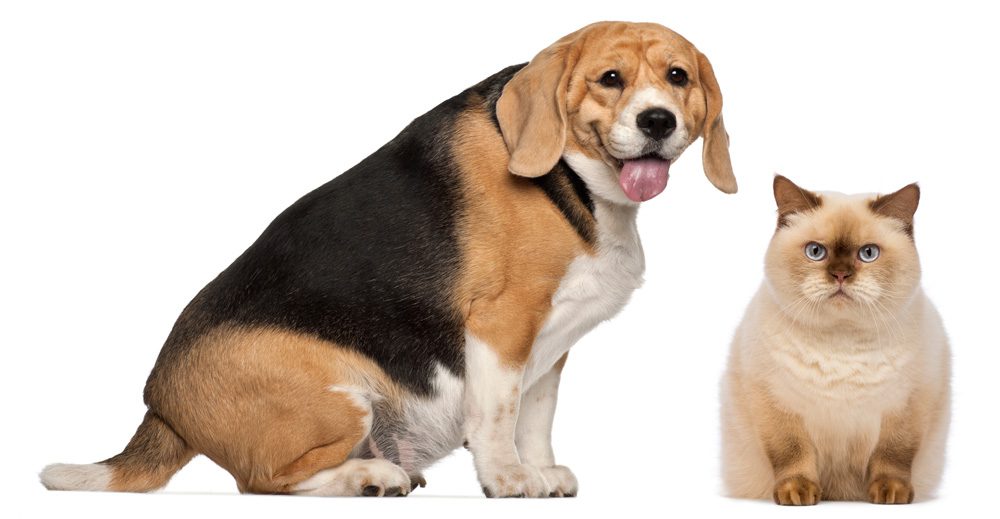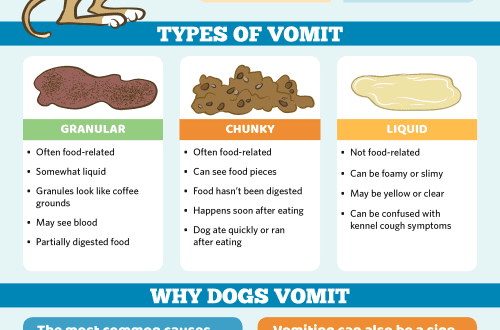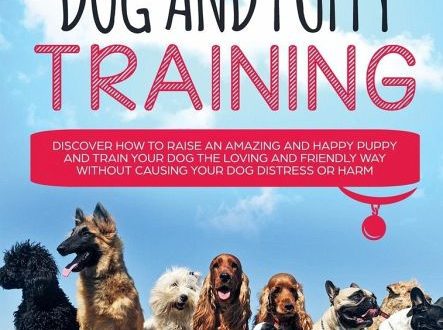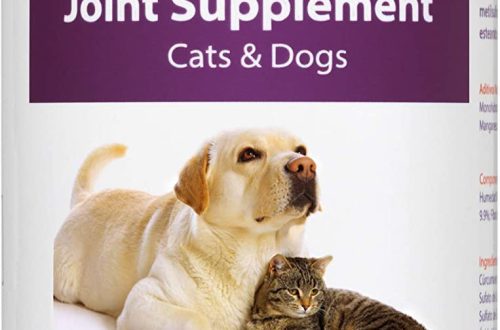
Poob hnyav hauv dev thiab miv
As a rule, pet owners do not notice extra grams in a cat or dog. This is not surprising, firstly, animals are rarely weighed, secondly, they are constantly in front of their eyes and the look is “blurred”, and thirdly, excess fat deposits can be invisible under fluffy hair. Sometimes, even if the weight is noticeable, the owners are touched by a plump pet. But this is not at all useful for the pet’s body – consider the harm of excess weight and ways to reduce it.
txheem
How to determine if there is overweight?
There are no strict rules, even within the same breed. Reference weights can be quite wide. Of course, it is ideal to weigh your pet at every visit to the doctor or groomer. You can also find out the weight at home by putting the dog or cat on the scales. If the animal does not fit or refuses to stand on the scale, stand on the scale yourself and note the number. Then take the dog or cat in your arms and weigh yourself with them. Subtract the first number from the second number, and you will find out the mass of your four-legged friend. This will help to notice pathological weight gain or loss in a timely manner. It is also necessary to pay attention to the complexion of the pet. With a normal weight of the animal, the ribs should be well palpable, but not stick out. The exception is dogs in which sharpening ribs are the norm of the standard (for example, greyhounds). When viewed in profile or from above, the waist should be clearly visible. If you notice a dense fold of fat on the back and above the pet’s tail, this indicates serious obesity. In cats, a sign of obesity is also a “pouch” in the lower abdomen. Usually there is a small skin fold. More about the symptoms of obesity.
- Joint pain and lameness.
- Ua tsis taus pa.
- Fatigue, the pet lies more and more, is inactive.
- Cem quav.
- Fat pads on thighs and back.
It is worth noting that these symptoms can accompany various diseases. It is recommended to consult with a veterinarian.
The main causes of overweight
- Unbalanced diet. The food must be correct. To help the owner, manufacturers make different products, taking into account the physiological needs of each animal. Or you should use the services of a veterinary nutritionist.
- Binge eating. The average daily allowance for weight is written on the back of the pack of food, do not exceed it. It is wrong to constantly add food to the bowl as soon as it is slightly empty. Also, do not feed your pet “from the table” or give treats in excessive quantities.
- Low activity. Short walks, passive lifestyle. Castration is a predisposing factor for less mobility in some animals, but is not the main one. Encourage your cats and dogs to be active.
- Endocrinological pathologies. Diabetes mellitus, hypothyroidism in dogs.
- Cov kab mob metabolic.
- Genetically determined tendency to be overweight.
- Psychological factors – stress, boredom, greed – especially if you have a second pet.
Vim li cas kev rog rog txaus ntshai?
- Additional stress on the heart
- Arthritis and other joint diseases. The joints can not cope with such a huge body weight.
- Mob ntshav qab zib
- Overweight pets are more likely to have heat stroke
- Can lead to the development of urolithiasis
- Fatty liver – hepatic lipidosis, especially in cats
- The quality of the skin and coat deteriorates, leading to the formation of tangles, dandruff, acne, and areas of baldness
- Cats stop grooming themselves because they simply don’t reach the right parts of the body
- The work of the respiratory system is disrupted – the fat layer in the chest cavity does not allow the lungs to fully expand, and excess fat in the abdominal cavity puts additional pressure on the diaphragm.
What to do if the animal is overweight?
First of all, you need to find out the cause of obesity. For help, contact your veterinarian. At the appointment, the doctor will collect a thorough anamnesis (life history) and recommend the necessary studies. Most often, a general clinical, biochemical blood test, a study on hormones, ultrasound of the abdominal cavity and thyroid gland, and a general urine test are required. In some cases, additional diagnostics may be necessary.
Kev txo qhov hnyav
After establishing the cause, the veterinarian will prescribe drug therapy, if necessary. If the problem is related to overeating, an unbalanced diet, then the owner will have a conversation and prescribe a diet for the animal. Do not be afraid and think that the pet will be starving on a diet. This is not true. Usually diets for weight loss have a lot of fiber in the composition. It is thanks to her that saturation occurs. A large amount of high-quality proteins also contributes to weight loss and the prevention of obesity. For example, weight loss diets for cats can range from truly therapeutic diets for moderately to highly obese cats to low calorie diets for overweight cats. Overweight dog food can also be selected for obese or only obese dogs, contains all the necessary nutrients and high fiber content. Increasing activity In major cities, there are animal fitness centers where a cat or dog can work out on a treadmill or in a pool. However, even without visiting specialized institutions, the owner can stimulate the pet to physical activity. Outdoor dog games: frisbee, tug of war, ball, fetch, run, search games. Swimming in water during the warm season is very good for weight loss. For cats, games with teasers, clockwork mice, balls. Naturally, physical activity should be increased smoothly so that the animal performs the exercises with pleasure.
Kev tiv thaiv kev rog
It is worth noting that among cats and dogs there are breeds prone to obesity: Labradors, pugs, spaniels, bulldogs, bull terriers, cats of breeds British, Scottish, Sphynx.
- Balanced and properly dosed nutrition. If the animal is prone to obesity or neutered, choose an appropriate diet. Foods for neutered cats and dogs not only support the genitourinary system, but are also most often low in calories. Food should be fed to the animal in portions, in accordance with the needs of the pet and the recommendations of the veterinarian.
- If the pet eats quickly and greedily, the bowl can be replaced with a special bowl for slow feeding, it is not so easy to get food out of it, and the animal has to eat more slowly.
- Separate feeding of animals, so that it does not turn out that someone overate, and someone did not receive their portion.
- Games. As mentioned above, go out and play more.
- Weigh-ins. It is better to carry out this procedure at least once a month in order to have a graph of your pet’s weight.
- Surveys. Annual medical examination is necessary not only for people, but also for animals. Blood and urine tests, ultrasound of organs are the key to health and longevity.





